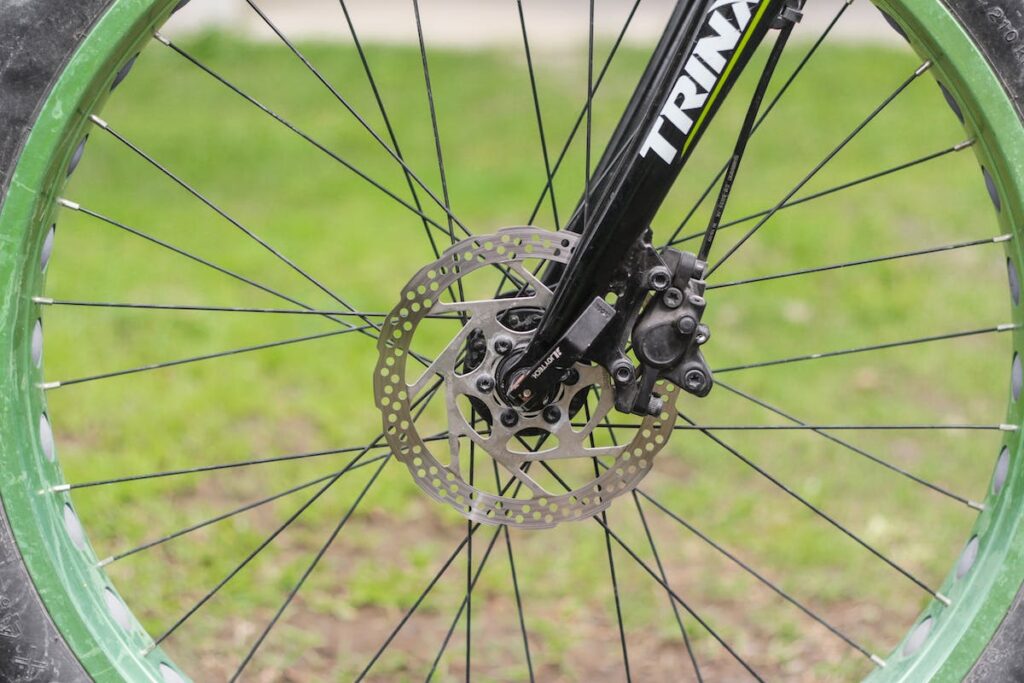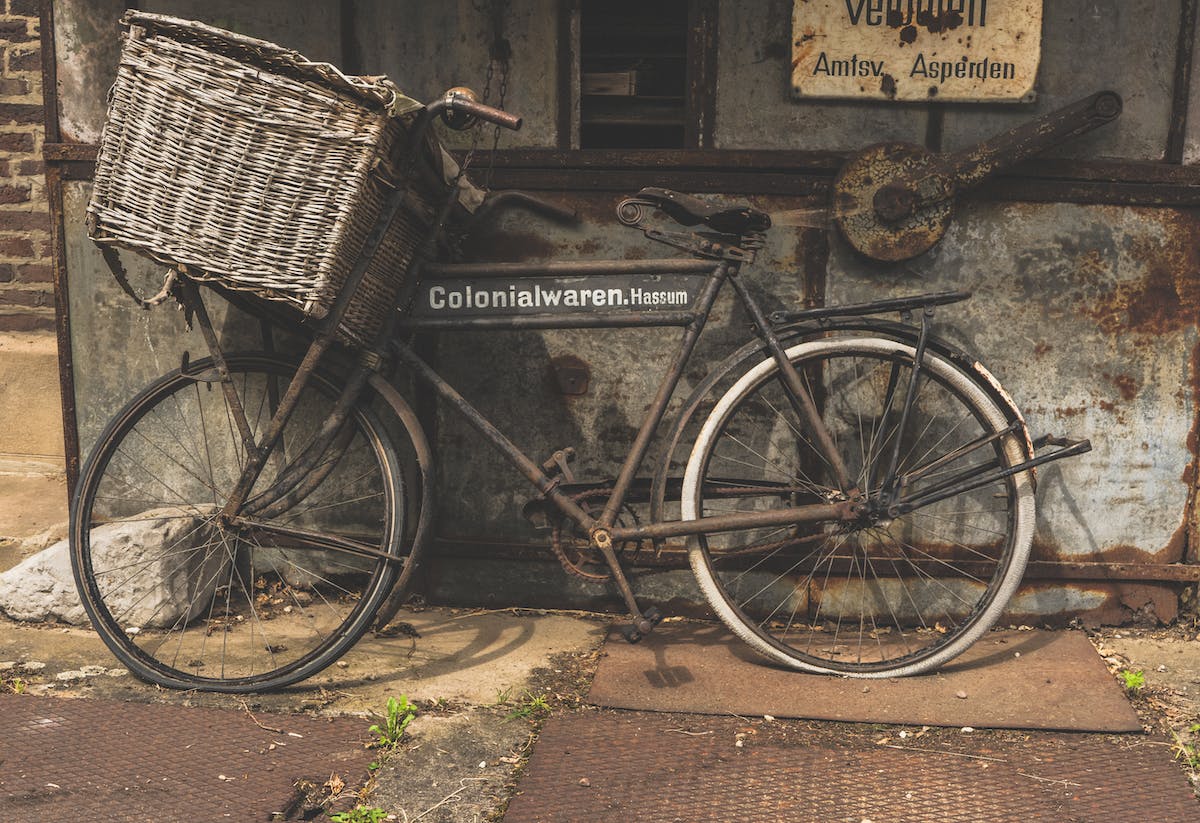When you are riding in damp circumstances, bike fenders are an outstanding accessory to keep you and your bike clean and dry. Fenders help protect your bike from mud and dust, extending the life of your brakes, cables, and gearbox.
A cleaner bike is also advantageous for those who keep them inside because you won’t be bringing as much mud inside with you. Using fenders when riding can change your riding. Your bike will be much more helpful. When you cross a puddle while riding, you won’t always end up with a damp streak up your back. Just because the road is moist won’t cause your feet to be drenched in water anymore. And if it doesn’t rain heavily, you’ll stay dryer. Your clothing will indeed be cleaner.
The following are some guidance to help you choose the right bike fenders for your needs:
1. Assess your bike type:

It’s crucial to take into account the sort of bike you have while selecting fenders for it. As the clearance and geometry of the bike can affect the fit and functionality of the fenders, different types of bikes call for different types of fenders.
You must choose fenders that are made to fit your bike because, for instance, road bikes often have less clearance for fenders than mountain bikes. In order to increase aerodynamics and reduce drag, road bike fenders are typically shorter, narrower, and fit closer to the tire than mountain bike fenders.
However, because they are made to handle wider tires and rougher terrain, mountain bikes often have more room for fenders. In order to resist the challenges of off-road riding, mountain bike fenders are frequently broader and longer than road bike fenders. They may also include more durable mounting hardware.
2. Determine your riding style:

When it comes to choosing fenders for your bike, it’s important to consider the type of riding you will be doing. Different types of riding require different types of fenders, as the demands and conditions of each type of riding can affect the fit, performance, and level of coverage needed.
If you are a commuter or tourer, you may want full-coverage fenders that protect you and your bike from the elements. Full-coverage fenders typically extend from the fork crown to the seat stay bridge, and they offer maximum protection from rain, mud, and road debris. They are also designed to keep you and your bike clean and dry, which can be especially important if you are riding to work or other destinations where you need to look presentable.
If you are a mountain biker, you may prefer lighter-weight fenders that offer less coverage but are less likely to get in the way. Mountain bike fenders are typically shorter and narrower than road or touring fenders, and they are designed to fit closer to the tire to reduce drag and improve performance. They may also be made from lighter-weight materials to reduce weight and increase manoeuvrability.
3. Check for compatibility:

It’s essential to make sure your bike’s fenders are compatible with the brakes, tires, and frame of your bike. Bicycle fenders come in a wide range of sizes, shapes, and mounting needs; they are not a one-size-fits-all item.
It’s crucial to select fenders that are made particularly for the brand and model of your bike if you want them to fit correctly and perform as intended. Finding the optimum fit may require reviewing the characteristics of your bike and comparing them to those of several fender models.
4. Check for durability:

When looking for bike fenders, it’s important to consider how they were built. Fenders are frequently used, so you should choose a pair made of durable materials that can withstand weather and everyday use.
Two materials that are regularly used for bike fenders are polycarbonate and aluminum. Because they are lightweight and strong, aluminum fenders are a popular choice for road cyclists and commuters who want to reduce weight and improve performance. Additionally, they are corrosion-resistant, which is very advantageous if you reside in a damp or humid environment.
Another popular choice for fenders is polycarbonate, which is durable and resistant to impact and distortion. They are a terrific option for riders who want to personalise the appearance of their bike because they are lightweight and available in a range of colors and styles.
5. Consider the coverage:

When choosing fenders for your bike, it’s important to consider how much coverage you need. Full-coverage fenders offer the most protection from mud, water, and debris, as they extend all the way down to the bottom bracket and provide complete coverage for both wheels. They are a great choice if you ride in wet or muddy conditions, or if you want to keep yourself and your bike as clean and dry as possible.
However, full-coverage fenders can be heavy and bulky, which can be a disadvantage if you are concerned about weight or aerodynamics. They can also be more difficult to install and remove, as they require more mounting points and may interfere with other accessories such as racks or lights.
Conversely, minimalist fenders provide less protection but they are lighter and more sleek. They are a fantastic option if you ride a road bike or commute and want to save weight and increase performance. They are also a good option if you ride in dry or moderate circumstances and don’t need full covering.
Conclusion:
The right bike fenders that best suit your needs and tastes can be chosen if you keep the aforementioned advice in mind. As a result, you’ll be able to ride more comfortably, cleanly, and dry. Happy Pedaling!

